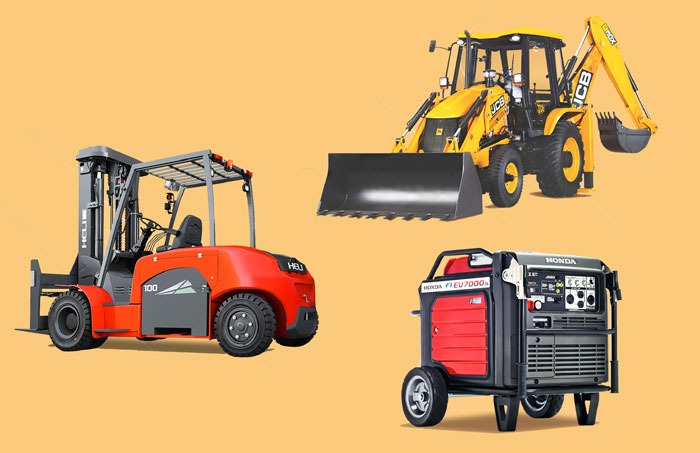- Jubail City Center, Al Jubail 35514, Saudi Arabia
- info@reliantksa.com
- 054 359 6425 Book Now
News Details

A Complete Guide to Understanding the Operating Weight of Heavy Equipment
One term that comes up a lot in the realm of construction equipment and heavy gear is "operating weight." This is not merely a number that manufacturers put in the specs at random; rather, it is an important factor that impacts many facets of using the equipment, including performance, safety, and even legal compliance. We'll go into great detail about operating weight, why it matters so much, and how to calculate it correctly for your heavy machinery in this extensive article.
Operational Weight: What Is It? When construction or heavy machinery is outfitted with all the parts and systems required for regular operation, its overall weight is known as operating weight, or working weight. This This includes the weight of the machine itself, the operator, and any fluids (cooling liquid, engine oil, fuel and hydraulic oil), as well as any tools or accessories that are frequently used in conjunction with the machine.
What Makes Operating Weight Crucial? Performance and Stability The stability and performance of heavy machinery are greatly influenced by its working weight. For instance, a forklift's centre of gravity and stability are directly impacted by its operational weight, which also affects the forklift's capacity to lift and move cargo safely. A precise knowledge of this weight guarantees that the machinery may operate at peak efficiency without running the risk of tipping over or performing below par.
Infrastructure and Transportation For heavy gear to be transported legally and safely, it is imperative to know the operational weight. Construction sites, roads, and bridges frequently have precise weight restrictions to guarantee safety and avoid damage. Overdoing these bounds may result in accidents, harsh structural damage, and even fines.
Machine Selection and Interoperability Operating weights must be understood in order to choose the appropriate equipment for a given task. This guarantees that the equipment can manage the anticipated loads and function well in the specified setting. It also aids in figuring out whether a specific piece of machinery works well with other tools and machines on a project site. The Operating Weight Machine's Individual Components This represents the equipment's base weight in the absence of any add-on tools or attachments.
Operator: The typical weight estimate for an operator is 75 kg (165 lbs).
Petroleum and Liquids: A full gasoline tank and the required coolants and oils for the hydraulic and engine systems.
Standard Equipment: This refers to any add-ons that are frequently utilised with the equipment, such as buckets, forks, or blades.
How to Calculate Your Operating Weight
Supplier's Specification Sheet: The manufacturer's specification sheet for the model of equipment you own is the first and most trustworthy place to look for information on operating weight.
Web-Based Resources: For a variety of heavy machinery types, there are databases and online applications that offer estimated working weights.
Weighing Instruments: Use specialised weighing equipment made for heavy machinery for the most accurate measurement, particularly if aftermarket attachments or modifications have been added.
The Significance of Precision Not only is accurate operational weight information necessary for regulatory compliance, but it is also essential for the safety and effectiveness of construction activities. Underestimating this weight increases the risk of accidents, equipment failure, and major project delays. Even if it's less risky, overestimating might lead to unneeded expenses and restrictions on the use of equipment.
Last Words Operating weight is a crucial component that influences many facets of using heavy machinery, including project planning, legal compliance, safety, and performance. Operators and project managers can guarantee the safe, effective, and efficient operation of their machinery by comprehending and precisely calculating this weight. A solid understanding of operational weight is essential whether you're choosing new machinery, organising transportation or making sure everything is compliant on a building site.
Recall that planning and knowledge are the first steps towards efficiency and safety on a building site. Keeping a careful eye on the working weight of your large machinery can help you an essential step in lowering risks, preventing setbacks, and guaranteeing the success of your projects.
The purpose of this guide is to clarify the meaning of operational weight and highlight its significance when it comes to heavy machinery. Comprehending this essential element will improve your capacity to choose and operate construction equipment, regardless of your experience level.

